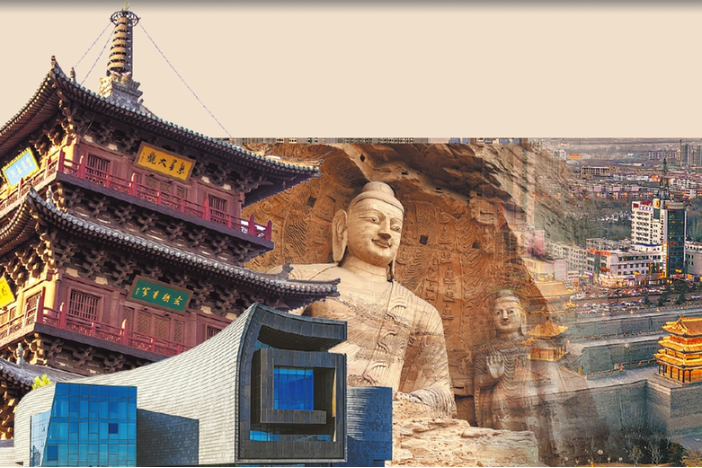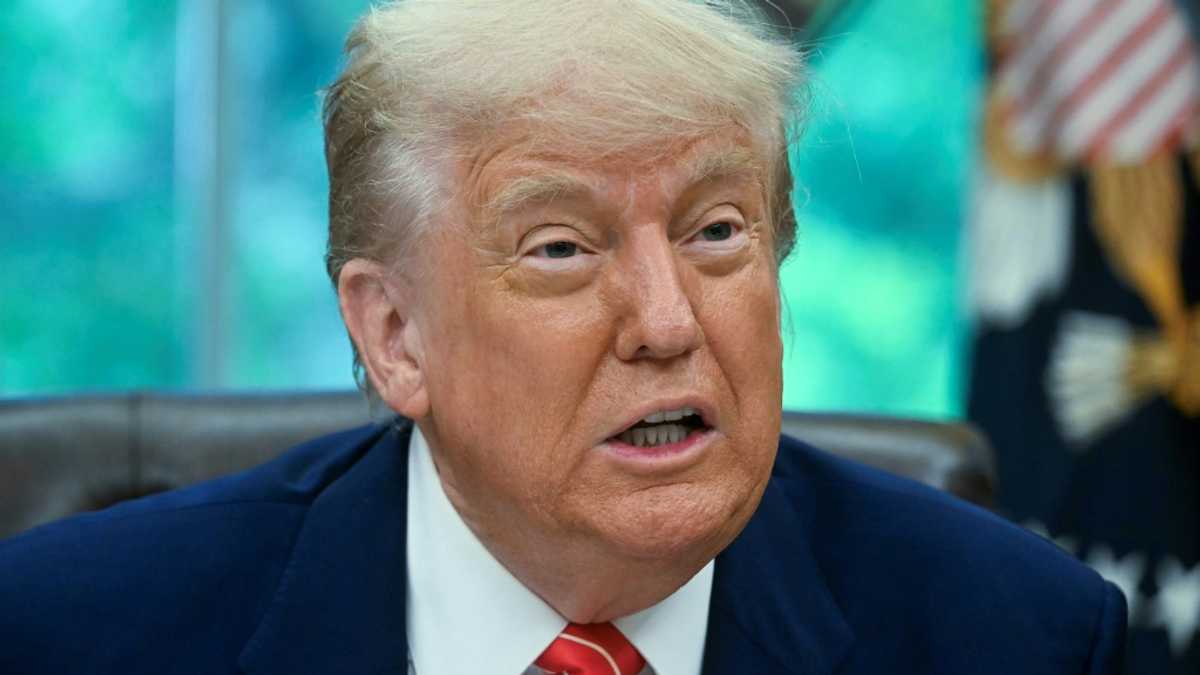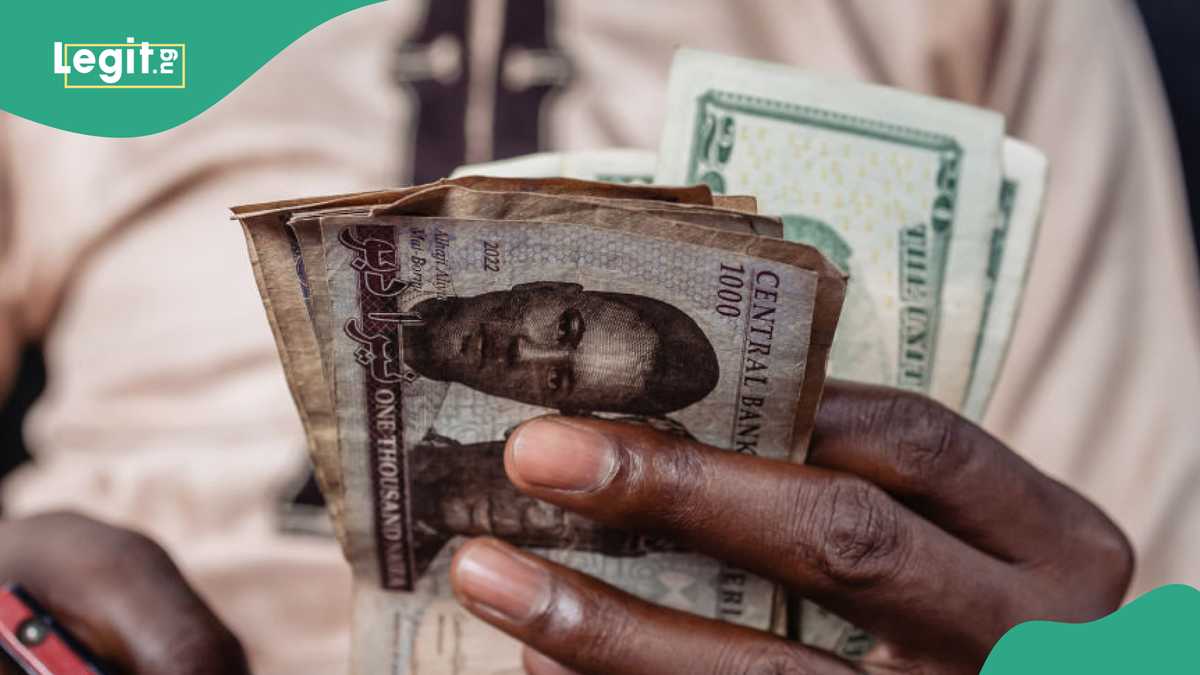Siem Reap and Datong Strengthen Ties Through Cultural Exchange

The burgeoning relationship between China and Cambodia is blossoming through economic cooperation and enhanced cultural and people-to-people exchanges, spotlighted by the sister-city connection between Datong, Shanxi province, and Siem Reap. This collaboration links the historical Yungang Grottoes and the Angkor Wat temple complex, bridging a geographical distance of 3,000 kilometers with shared heritage and modern initiatives.
The Yungang Grottoes, carved in the 5th century, and Angkor Wat, constructed in the 12th century, symbolize pivotal roles in ancient trade routes. Yungang guarded China's overland Silk Road, evidenced by carvings of Central Asian merchants with camel trains, while Angkor Wat prospered via the Maritime Silk Road, depicted with Chinese traders bartering with Khmer counterparts. These historical sites now serve as UNESCO World Heritage sites and are central to a dynamic cultural exchange that spans economics, education, and tourism.
Wen Bo, head of the Shanxi Chamber of Commerce in Cambodia, emphasizes the dual focus of Shanxi expatriates: aligning Shanxi companies with the Belt and Road Initiative and fostering cultural exchanges through tourism. The sister-city concept, initiated in 2018 during a Cambodian delegation's visit to Yungang, gained momentum with a memorandum of understanding in 2019 and official recognition in 2021. This partnership promotes the sharing of restoration knowledge and tourism development.
Li Xia, director of the Foreign Affairs Office of the Datong Municipal People's Government, notes that the sister-city relationship enhances the Yungang Grottoes' global presence. The popularity of the game Black Myth: Wukong has further boosted tourism to Datong, with primary scenic attractions seeing a 108 percent increase in visitors in 2024, totaling over 16.7 million.
Since 2021, cultural ties have deepened, highlighted by exhibitions like Re-find the Smile of Khmer, which showcases China's technical assistance in preserving Angkor Wat. Yan Hongbin, a scholar in heritage conservation, emphasizes the mutual challenges faced by both sites, such as humidity and erosion, and the importance of preserving these relics through research and conservation.
China's commitment to preserving Cambodian heritage is evident in the restoration of the Ta Keo temple (2011-2018) and the ongoing conservation of the royal palace ruins in Angkor Thom, a 10-year project. Chea Munyrith, president of the Cambodian Chinese Evolution Researcher Association, views this joint work as a testament to the strong Cambodia-China friendship.
The Siem Reap-Angkor International Airport, which opened in October 2023, significantly boosts regional connectivity. Shanxi Mechanization Construction Group played a key role in its construction, overcoming challenges such as the region's lengthy rainy seasons and soil instability. The airport has managed 14,700 flight movements and 1.32 million passengers in its first year, enhancing economic and cultural exchanges through its 15 routes connecting eight South and Southeast Asian countries.
Cambodia's tourism industry saw revenues of $3.63 billion last year, with Angkor Wat welcoming 82,675 Chinese visitors, a 48 percent increase from 2023. This collaboration reflects a shared commitment to peace, harmony, and coexistence.
Luo Yang, a researcher at the China Institute for Chinese Overseas Studies, highlights the historical significance of Angkor as a crossroads of civilizations, evidenced by artifacts from various cultures found at the Oc Eo port site. This cultural fusion extends to daily life, with linguistic parallels and preserved ancestral shrines reflecting centuries of exchange.
Vuth Sophakna, from the Royal Academy of Cambodia, attributes Angkor's splendor to its historical openness and its absorption of diverse cultural influences through Silk Road exchanges. Sun Yu, a professor at Shanxi Datong University, notes that Datong, once the capital of the Northern Wei Dynasty, embodies China's unified yet diverse national identity, having integrated numerous ethnic groups over millennia.
Wu Jiao, a scholar from the Yungang Grottoes, points to the












